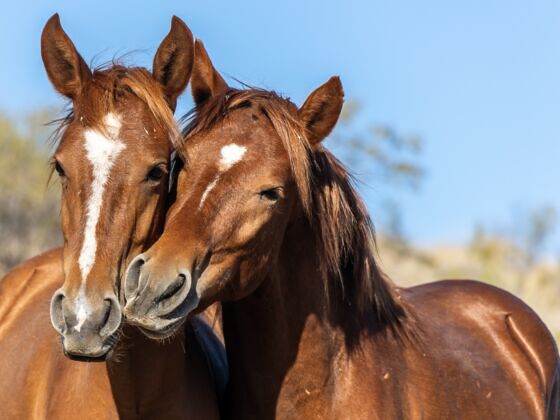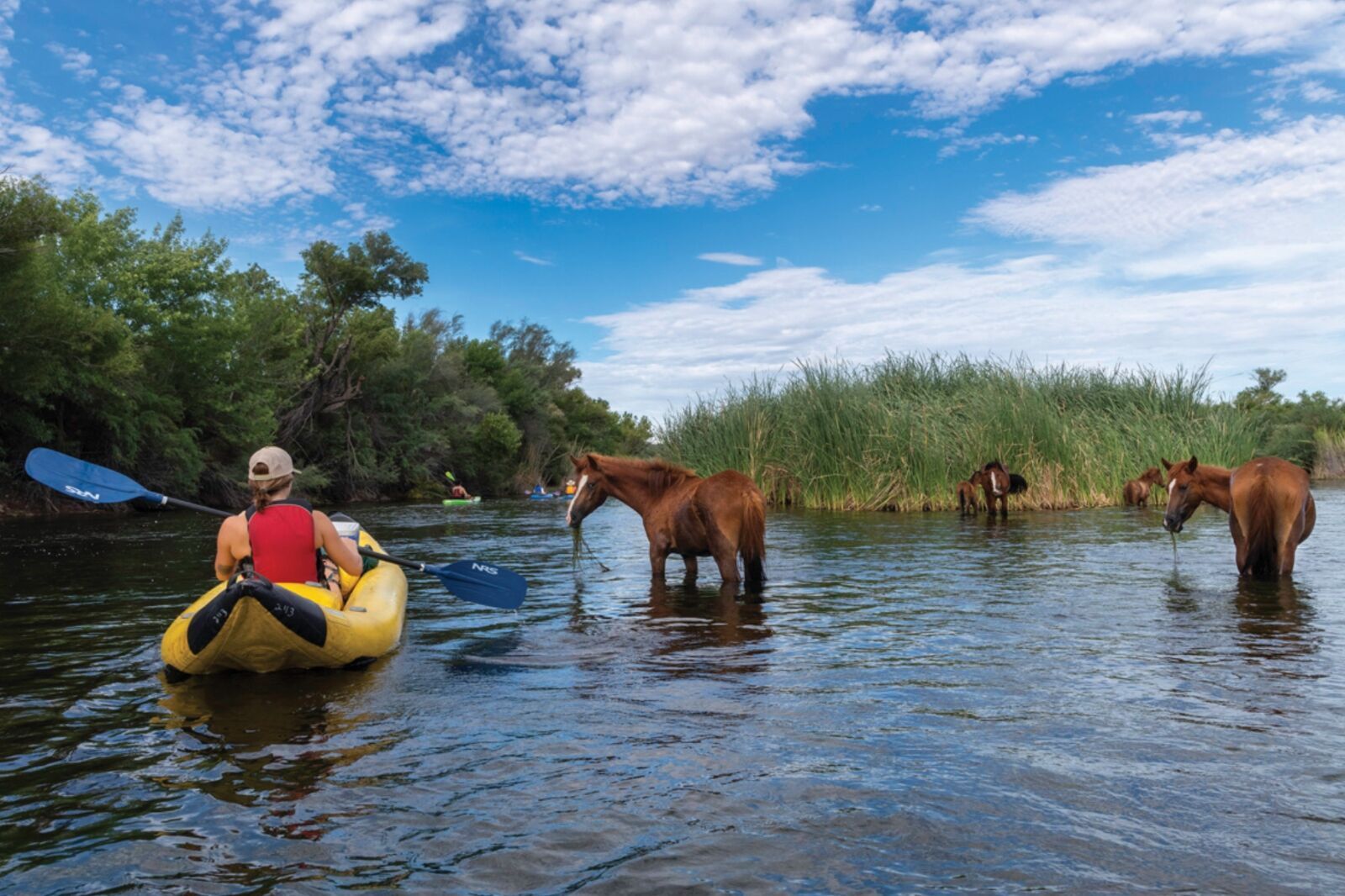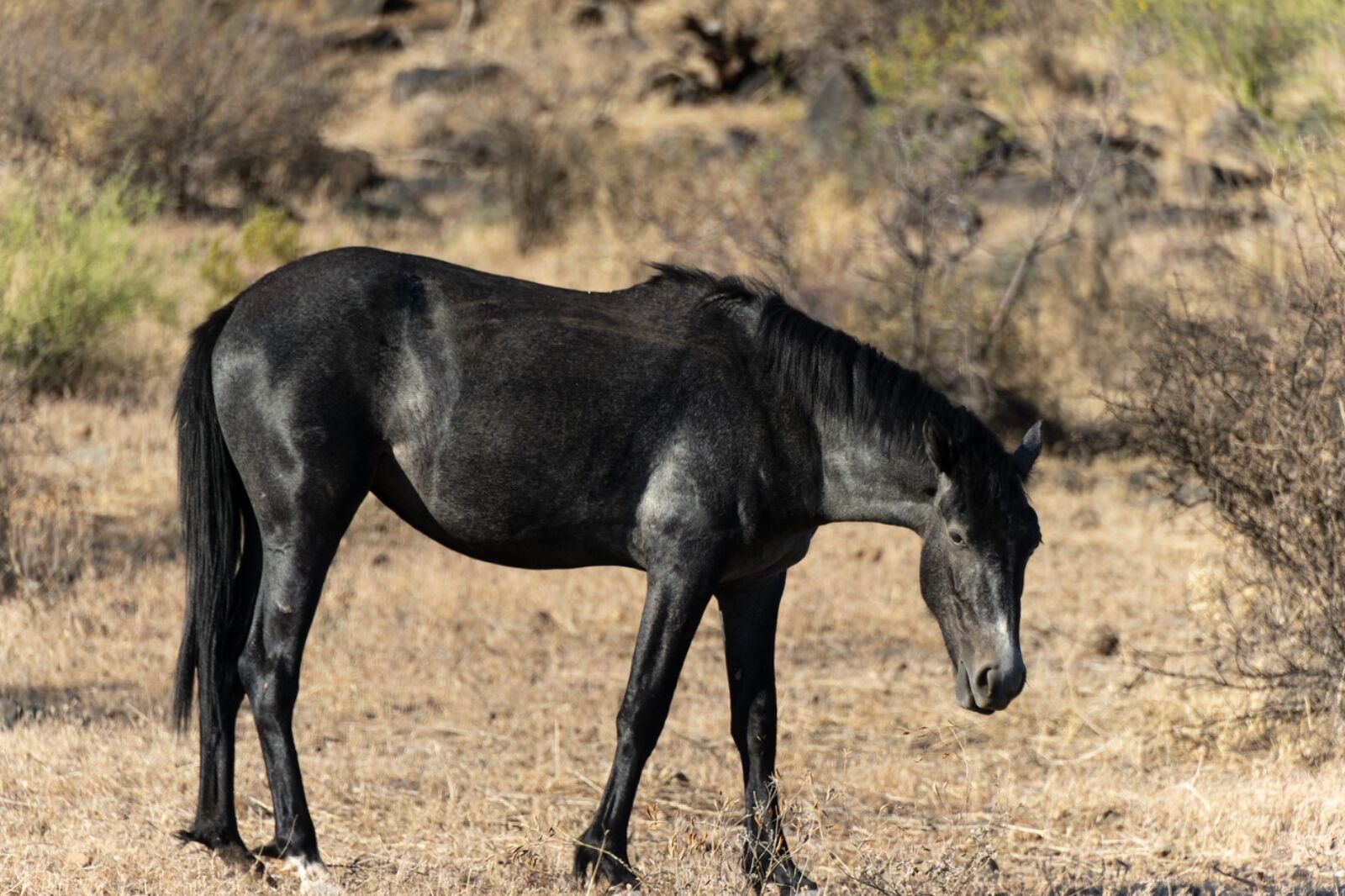For centuries, Arizona embodied the spirit of the American frontier as Westerners moved further and further west into unknown territories. Of course, those territories were well-known to the Navajo and Hopi tribes, and the treatment of those Indigenous people is one of the darkest parts of America’s expansion. But it did establish what would become Arizona as a key part of the American West.
While the state is no longer the Wild West, there is one aspect of the 1800’s expansion that still remains today: horses. The forever-symbol of America’s cowboys remains in Arizona, where approximately 400 wild horses remain a symbol of the era of the Wild West.
The horses live in herd-protected areas run by the Bureau of Land Management (BLM), in a national forest near Phoenix, and on the Navajo reservation in Northeastern Arizona. The herds are managed by the US National Forest Service and the non-profit Salt River Wild Horse Management Group.
These tips will help you plan a trip to see the wild horses and ensure you’re following the guidelines for protecting these beautiful creatures.




